Beef
Our core range of beef comes from a number of suppliers hand selected by Dritan - every morning he sources at Smithfield Market the best & sustainable products - to guarantee you a juicy piece of beef on your table. All you need for a lovely meat with your beloved one.
MEATLOVE - Family owned - Family love
Click on our full menu - and always remember our Master Butchers can prepare any cut too your liking and as we source our meat daily we can source special orders within 48 hours notice
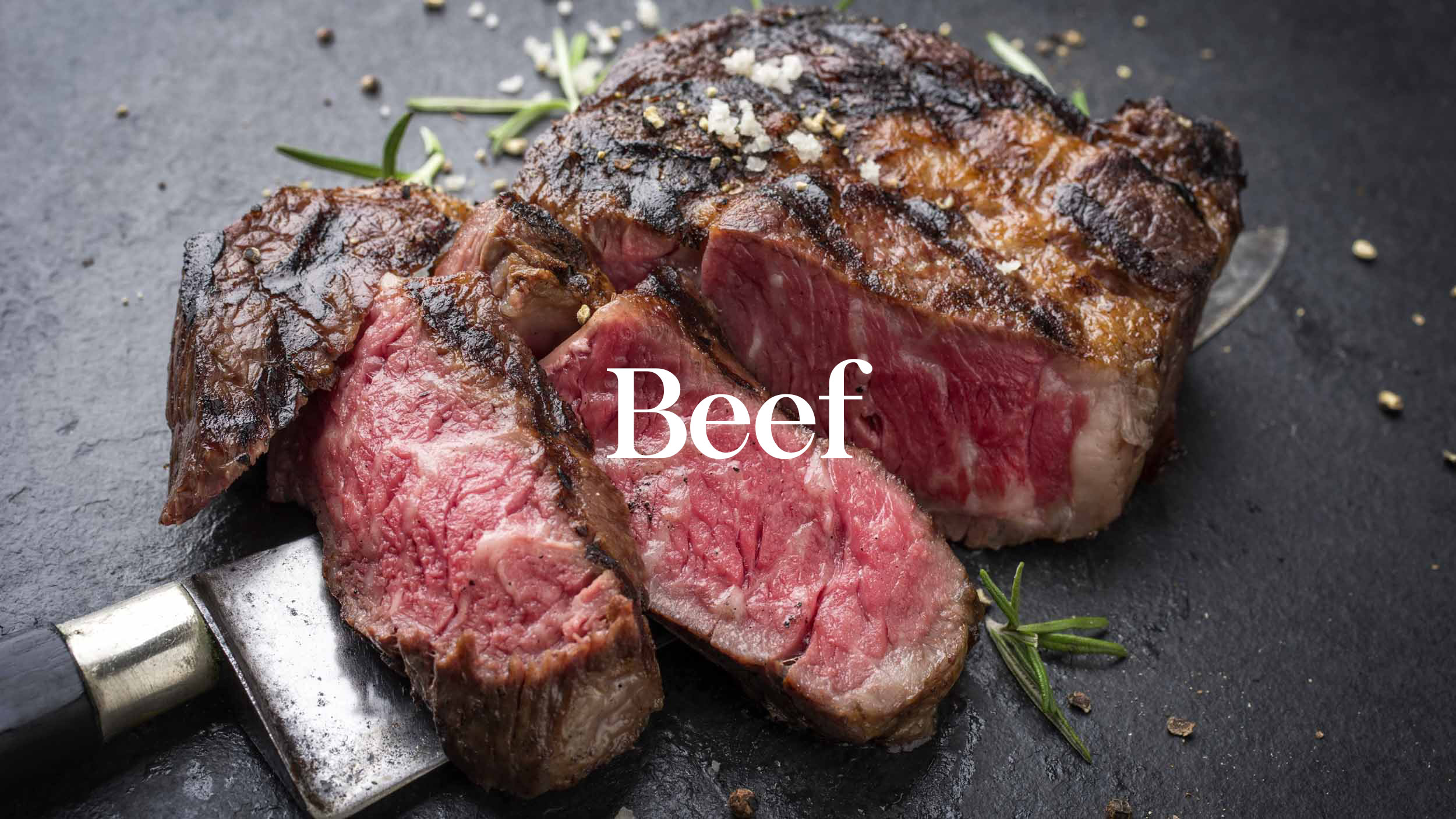
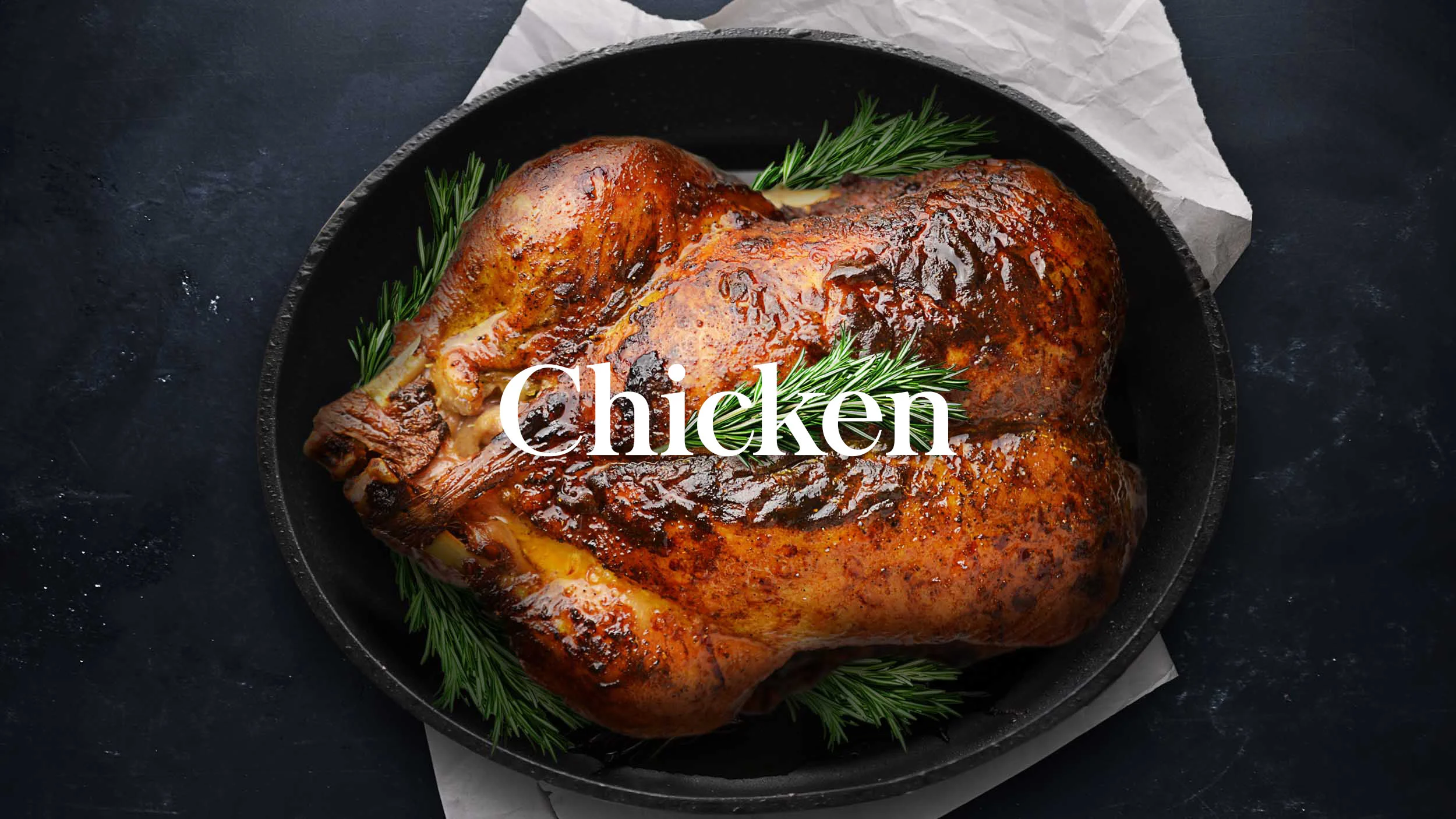
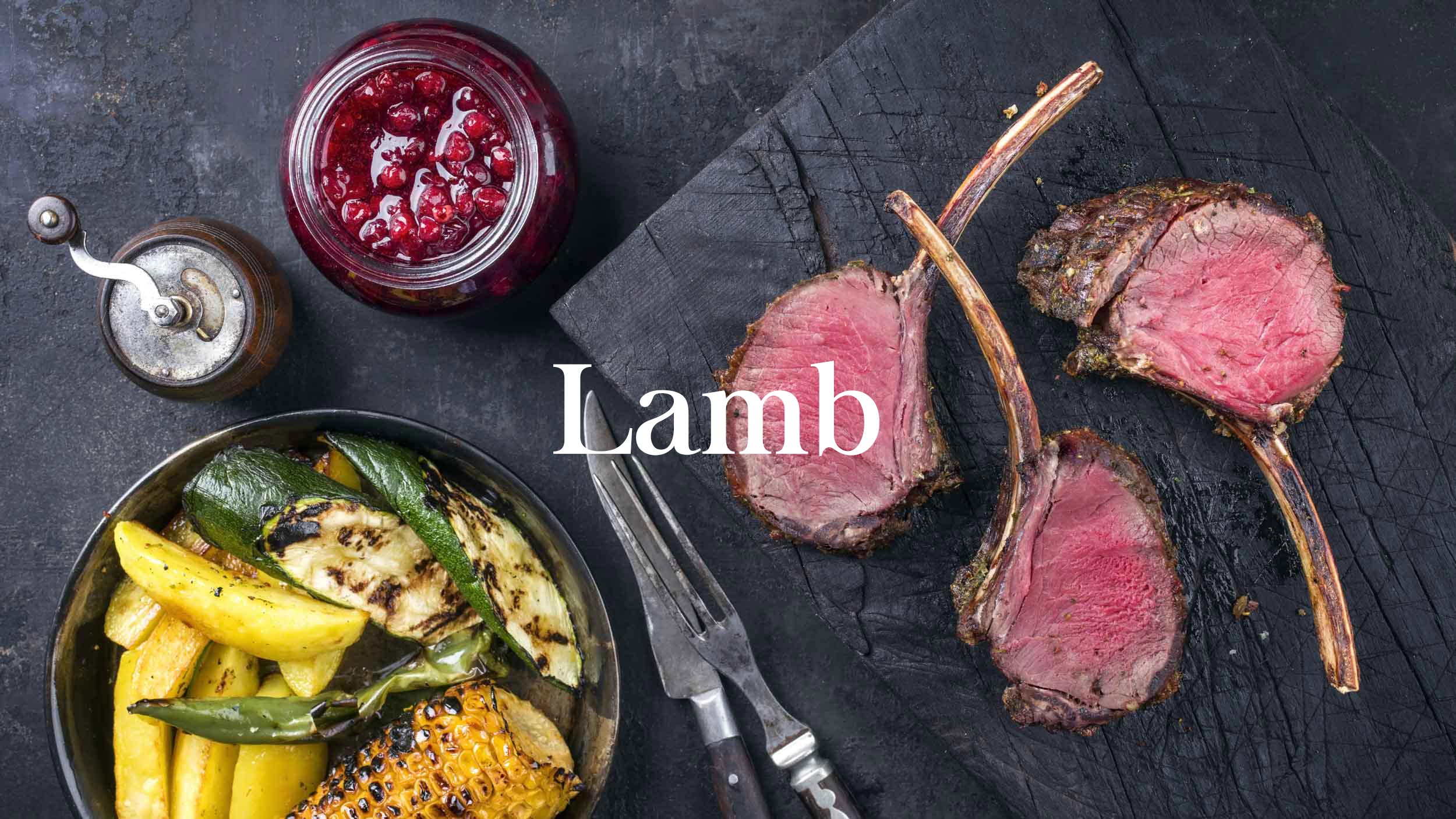
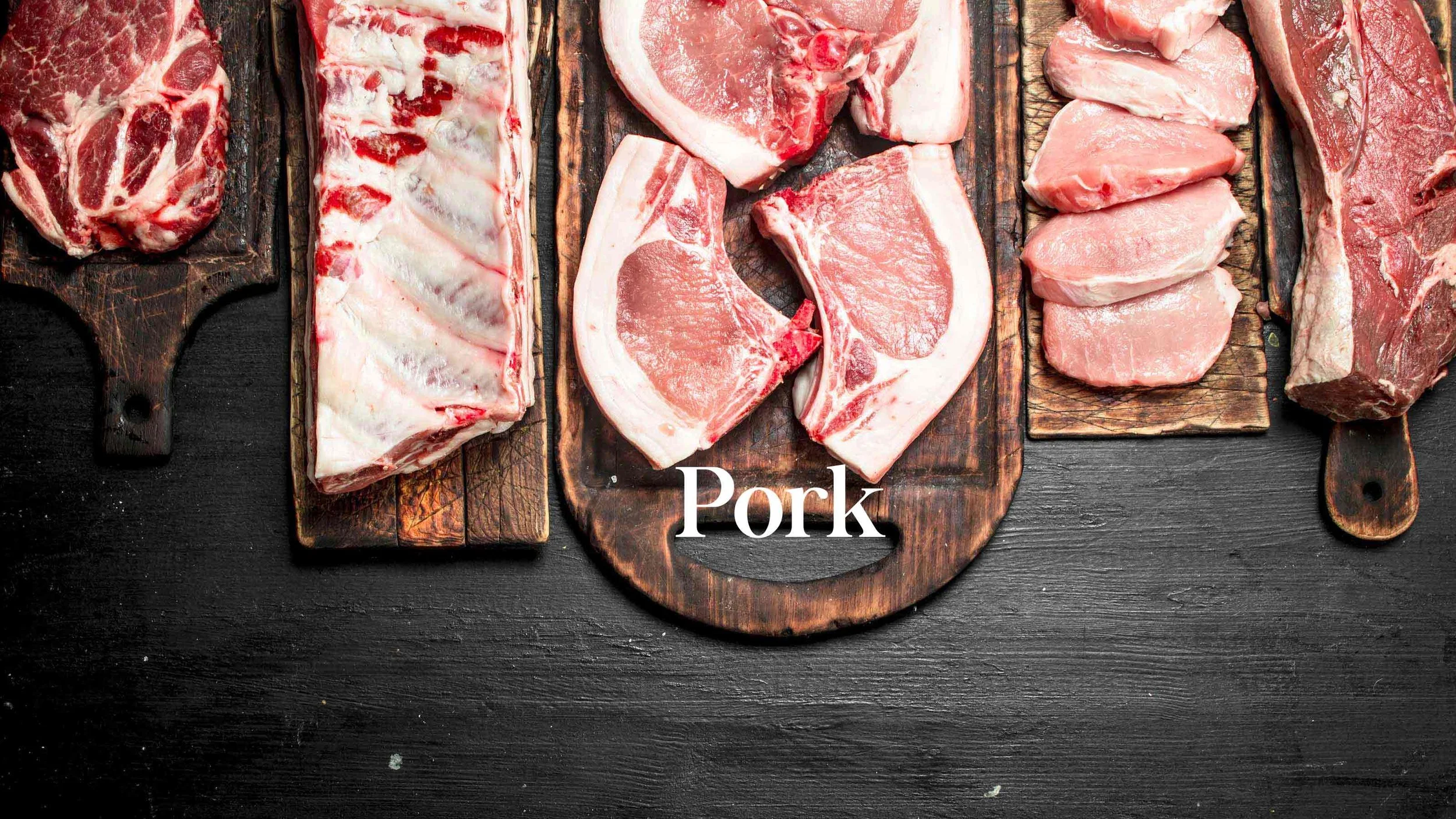
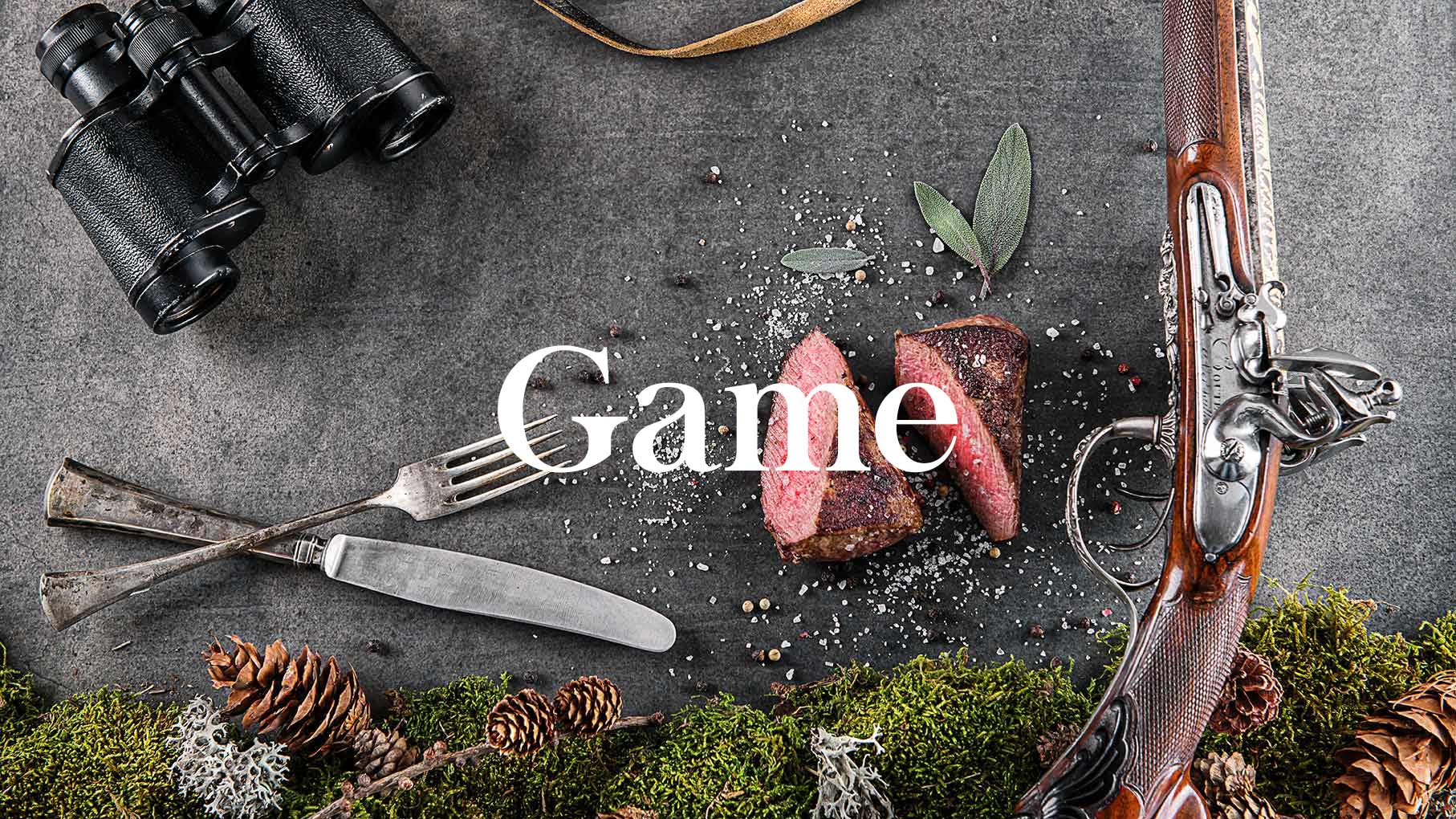
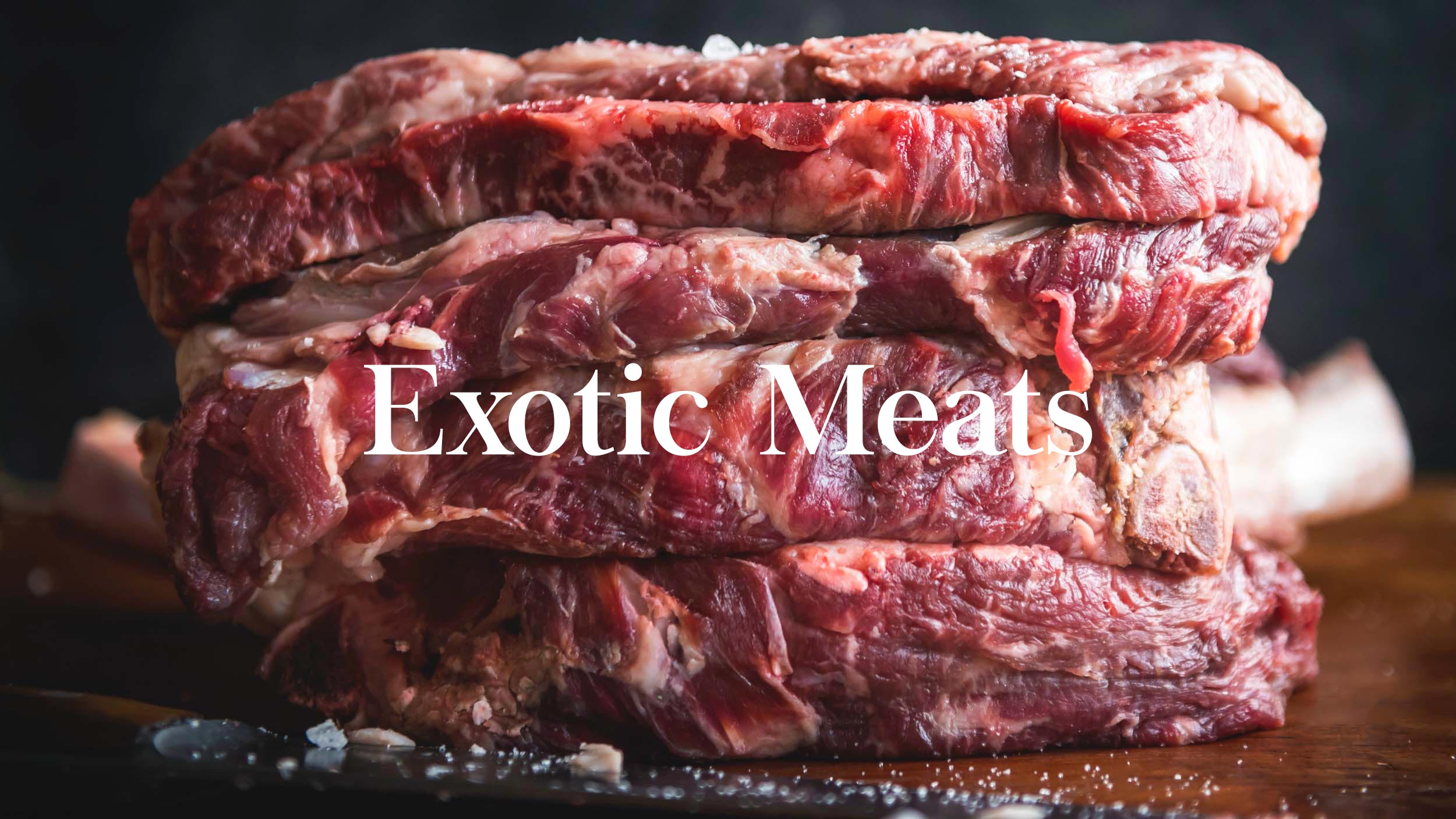
Meatlove Butcher Guide
Beef Cuts and Cooking Guides
Sirloin Steak
Sirloin Steak comes from the same area as your Sunday roast but cut into steaks such as “T”-bone, Porterhouse and Entrecote. Prime cuts which are suitable for grilling, frying, and barbecuing.
Fillet Steak
Beef Fillet also comes from this section. Probably the most prized cut of beef, the fillet is very tender and very lean, as a steak it is suitable for quick cooking under the grill or frying. Larger peices are used for dishes such as Beef Wellington. Other names for cuts of fillet include Filet Mignon, Tenderloin, Tournedos and Chateaubriand.
T-bone steak
T-bones are one of the few cuts of beef that are always served on the bone (which is shaped like a capital T, hence the name). On one side is a piece of sirloin and on the other is a smaller piece of fillet, which means there’s more variety, flavours and textures going on. The fillet will always stay slightly rarer than the sirloin, as they cook at different speeds in the pan, and often the steak is seared and then finished off in the oven to ensure even cooking.
The flavour of a T-bone steak is big and bold, gaining an extra boost from being cooked on the bone. This means it won’t get overpowered by sauces, which can often mask the flavour of the meat itself.
Thin Flank Steak
Meat from this area is often known as “Skirt”,” Hanger steak” (or “Onglet” in France). It has plenty of fat marbling which makes it moist and flavoursome. This cut is often used in Mexican recipies such as Fajitas. Good for grilling and frying (quickly as it is quite a thin cut).
Brisket
Beef brisket comes from the chest area between the shoulders of the cow, which means it’s a working part of the animal and moves around quite a bit during its lifetime. It also has a large amount of fat which is marbled throughout and adds bags of flavour to the meat. It is usually sold boned and rolled as a full joint, and the high amount of fat and connective tissue means it needs to be slow-cooked to render it all down.
Traditionally, brisket is slow-roasted in the oven until the meat is falling apart and meltingly tender (it’s easy to think of it as the beef equivalent of pulled pork). In the US the cut has always been associated with pit-smoking and barbecue, which has spurred on brisket’s recent popularity. However, it is also the most popular cut for making corned beef and pastrami, and can also be turned into mince as the fat prevents it from drying out during cooking.
Chuck steak
Quite often sold as braising steak, chuck comes from around the shoulders and is often sold pre-diced to be used in certain dishes. The shoulders are one of the hardest working parts of the animal, so chuck can be quite tough if not cooked correctly. However, this also makes it one of the most economical, widely available cuts out there.
Onglet
Also called hanger steak, onglet has only recently become known about in the UK but is now appearing on menus and in shops – before then it was often pocketed by the butcher. Taken from the cow’s lower belly, it has been enjoyed in France for years thanks to its intense meaty flavour and satisfyingly chewy texture. It’s possible that onglet wasn’t popular in the past as it can become very tough if not cooked correctly – it either needs to be served quite rare or slow-cooked for a long time. It takes on marinades very well and is particularly suited to barbecuing, as the smokiness complements the almost offal-like flavour of the cut. Serve it cut into slices across the grain to make it as tender as possible.
Rib-eye steak
Rib-eye is fast becoming one of the most popular steaks around thanks to its incredibly rich, beefy flavour. It is cut from just above the ribs, an area which does little work and makes rib-eye exceptionally tender. There are also ribbons of fat found throughout the meat, adding plenty of flavour, and an ‘eye’ of fat in the centre, which needs to be rendered down during cooking. While every person has their own preferences on how rare or well-done they like their steak, with rib-eye it’s generally suggested to cook it until medium at the least, as this gives the fat time to render down and baste the meat.
Rump
Another classic steak cut, rump is at the opposite end of the spectrum to fillet. What it lacks for in tenderness, however, it more than makes up for in flavour. Cut from the backside of the cow, it’s a muscle that’s used quite a bit during the animal’s life, which means it’s tougher than other ‘prime’ steaks. However, it is still tender enough to be fried quickly and served rare (if desired). Rump steaks are also a good choice when making kebabs or skewers, as it takes on marinades very well and can hold its own against stronger flavours. It can also be sliced very thinly and used in stir-fries or Asian dishes, which require very fast and hot cooking.
Shin
One of the cheapest cuts of beef available, shin comes from (as you can probably guess) the foreleg of the cow. Until recently shin was usually sold as generic ‘stewing steak’, but chefs and butchers are now understanding how to make the most of the cut. It requires long, slow braising, as there are thick ribbons of tissue and gristle running throughout the meat, but once these break down the meat falls apart in the mouth. Shin is particularly well-suited to stews as it creates a wonderfully flavourful sauce if cooked in liquid. The meat almost melts into the liquid to become rich and sticky, with plenty of savoury beefiness.
Silverside
Just above the leg is the silverside, so-called because of the thin, silvery tissue covering one side of the joint. It is often used to make salt beef or corned beef, roasted as a whole joint in the oven or sliced into minute steaks. It has very little marbling and overall is quite a lean cut. If roasting whole, silverside should be regularly basted or partly-submerged in liquid to prevent it drying out. It is sometimes sold with an added cap of fat tied around it, which keeps it moist and adds flavour.
Skirt
Skirt can be found near the onglet, by the lower belly and ribs, and shares many of the same characteristics. It is full of flavour but quite tough, so needs careful cooking. It is quite a thin steak covered in a tough membrane, which needs to be removed before cooking, and either needs to be cooked very quickly in a pan or very slowly in liquid. Skirt steaks are typically associated witMexican dishes, as they can take on punchy marinade flavours such as lime and chilli and are suited to barbecuing. They are also used in Cornish Patsries as they make a fantastic gravy, but when served on their own skirt steaks should be sliced against the grain and cooked over as high a heat as possible.

